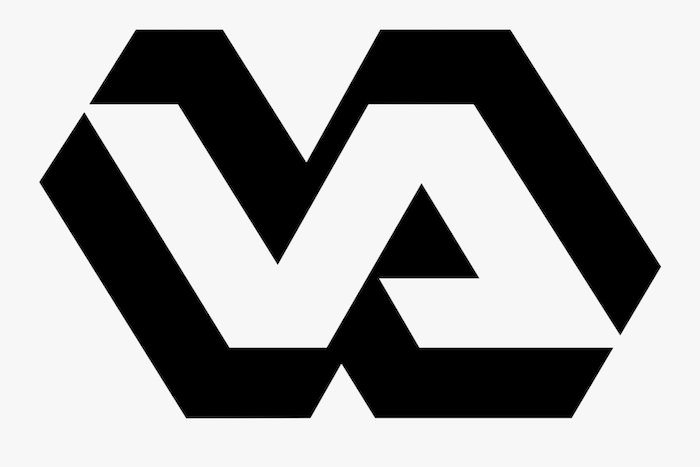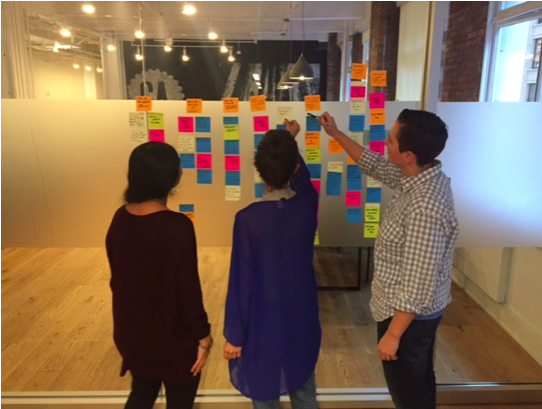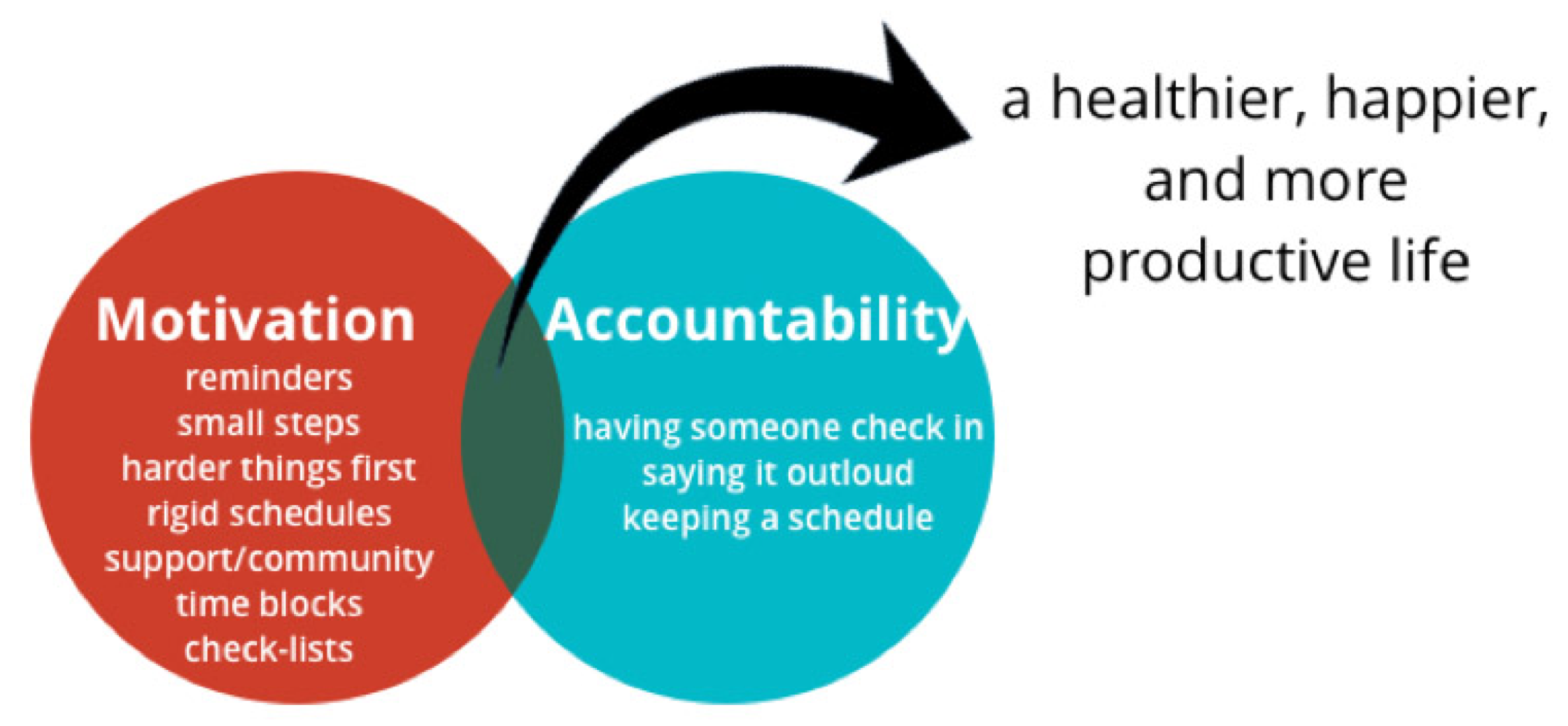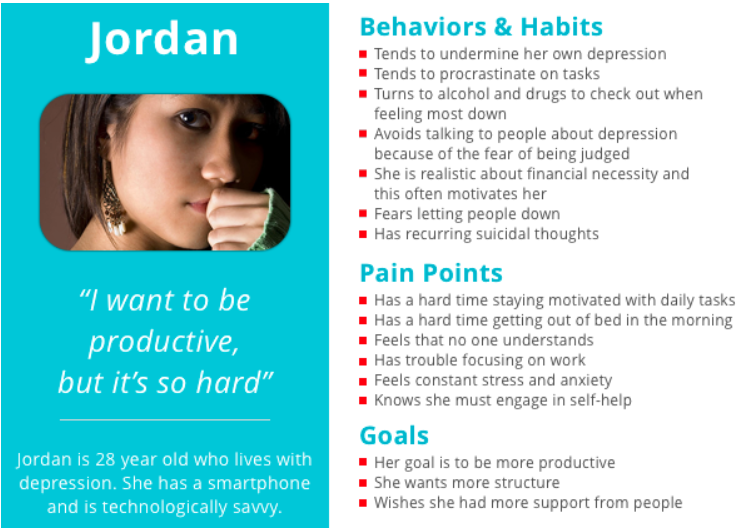Let's work together
Interested in working with me? Let's talk; send me a message at
alejandra@sincero.tech.
UX/UI Design Project
My Role: UX Researcher and Designer
Timeframe: 3 months
Client: US Department of Veterans Affairs stakeholders
Goal: Achieve higher user engagement and retention rates via a better app user experience

© Veterans Affairs
The US Department of Veterans Affairs (the VA) developed an app called Mood Coach to help users with clinical depression. It is supposed to do so by implementing behavioral activation, which is based on the user choosing aspects of their lives they value and want to work on and then proceeding to add activities to help them work on these values on a weekly plan basis. Previously a mobile app team aimed at helping veterans with PTSD, the VA is now focused on becoming the world's leading provider of free mental health tools. The project was focused on solving Mood Coach's problem of low user engagement and usability.
Although Mood Coach was created by clinical psychologists and is proven to help with depression, the app suffers from low user engagement and usability.
As stated by our client, the current problem was low user engagement and usability in Mood Coach. There were also some key constraints , such as inability to save/share user data, unique to Mood Coach since it is a government product. At first, this seemed to be a setback for our process because we had no information whatsoever about Mood Coach’s user at the beginning of the project. However, we learned that the app aimed at helping everyone with depression, so we had a beginning point for our research.
Design a platform that keeps users motivated through accountability, structure and community support to consequently help them live better lives.
We gathered from our research that motivation to complete mundane tasks was the toughest part about living with depression. We also learned that accountability was incredibly useful in providing motivation to complete these tasks.Our research showed us that accountability can look like a lot of different things, such as external reminders, nudges, checklists, structure, and community support. This finding led us to ideate multiple solutions that tied motivation and different types of accountability. After gathering several conceptual solutions, we performed concept prioritization of the essential and low-effort implementations for Mood Coach, which led us to realize that some concepts of accountability are already implemented in Mood Coach. We had already learned that adding the notion of community support to Mood Coach would be essential to help users with motivation, but we had to understand why the current features of external reminders and structure were not engaging users before adding the concept of community support.



Even though our client, the VA, expressed that the user group for Mood Coach would be anyone and everyone living with depression, as UX designers we knew that having a clear and refined idea of who the user is is essential for an effective solution. Therefore, we explored the problem space of depression and those living with it by recruiting people with diagnosed depression for interviews. We validated that Mood Coach's users would be people with diagnosed depression, a belief in the power of self-help, and a desire to improve their current situation.
Our interviews made clear that the commonalities between interviewees included difficulty staying motivated with mundane tasks and a strong desire for a nonjudgmental community. This guided our next set of interviews, which was geared toward understanding what helped people with depression stay motivated.My team and I learned that accountability in the form of external reminders, nudges, community support, and structure helped them perform these mundane tasks. We immediately knew this would be the solution we had to implement.
We then proceeded to perform usability tests on Mood Coach with our target users and we grasped that the main issue with its usability was confusion revolving the onboarding process, the significance of values, setting up plans, and general functionality. At the same time, we learned that incorporating notifications and reminders in the app would allow for better user engagement since users would be prompted to return to the app and complete their plans. We sketched out different forms that our solution could take and validated every design decision by going back to our users for usability tests and interviews. We found that the changes we implemented (streamlined onboarding, clarified plan set-up, and facilitated value-activity relationship) have indeed aligned with our users’ needs. By addressing our users’ needs, these feature changes made Mood Coach more engaging and useful to them.